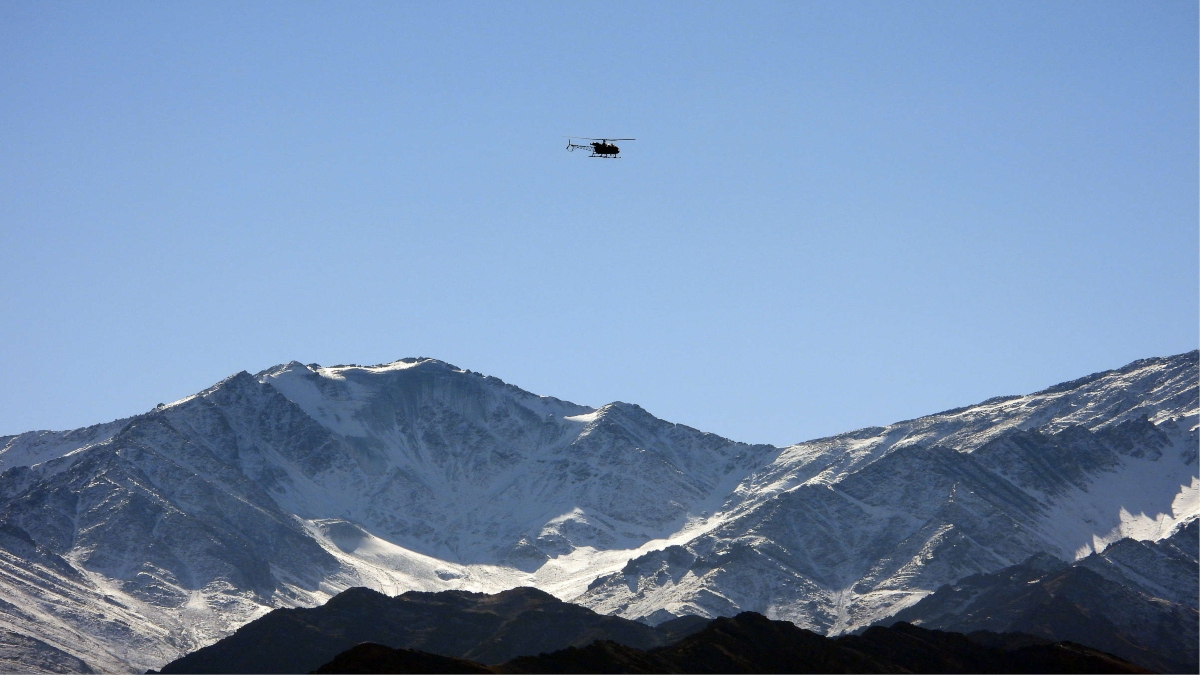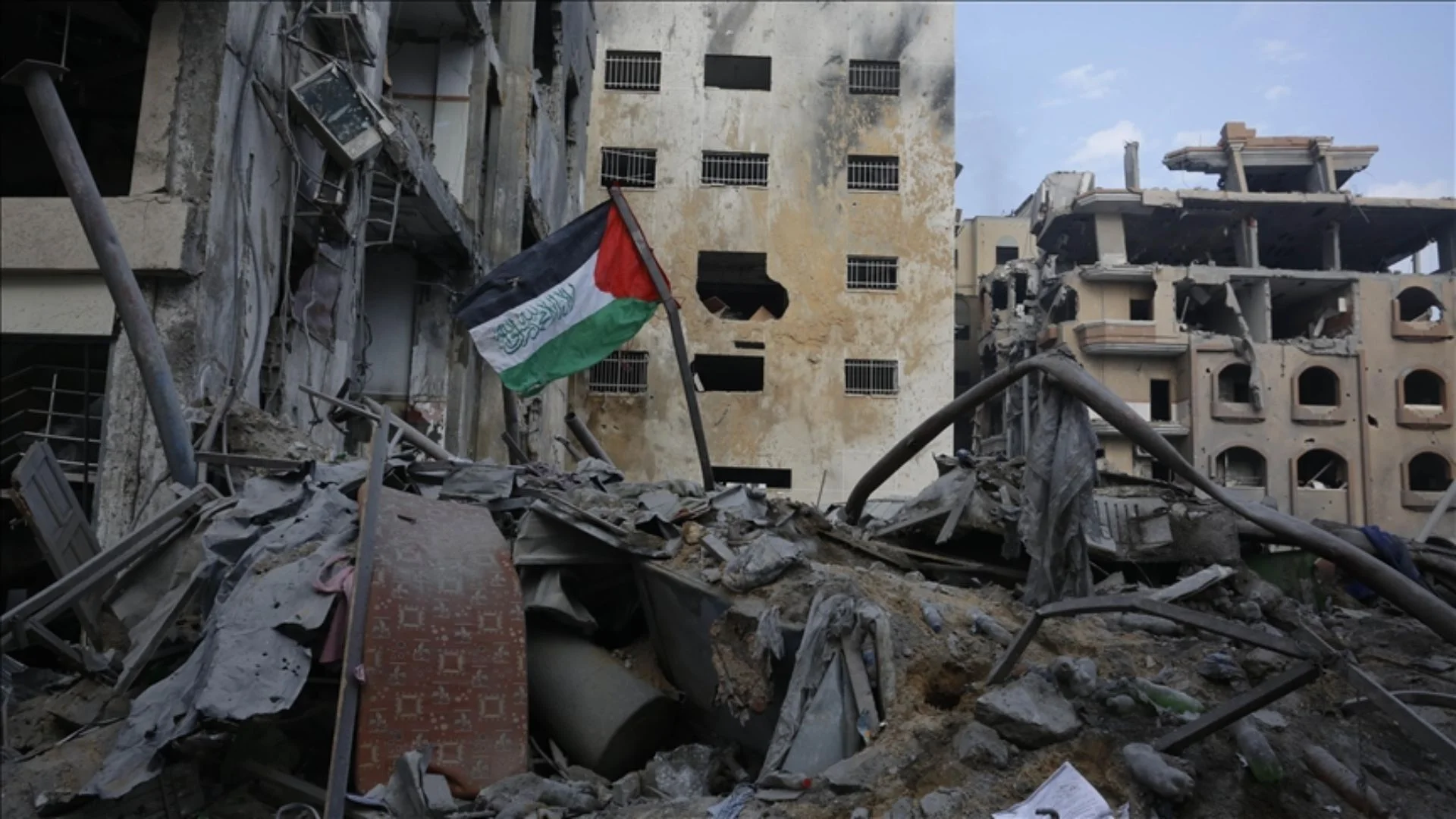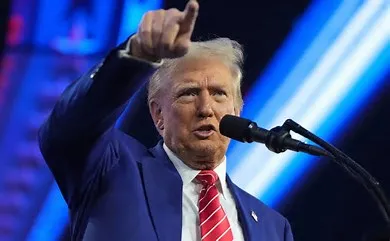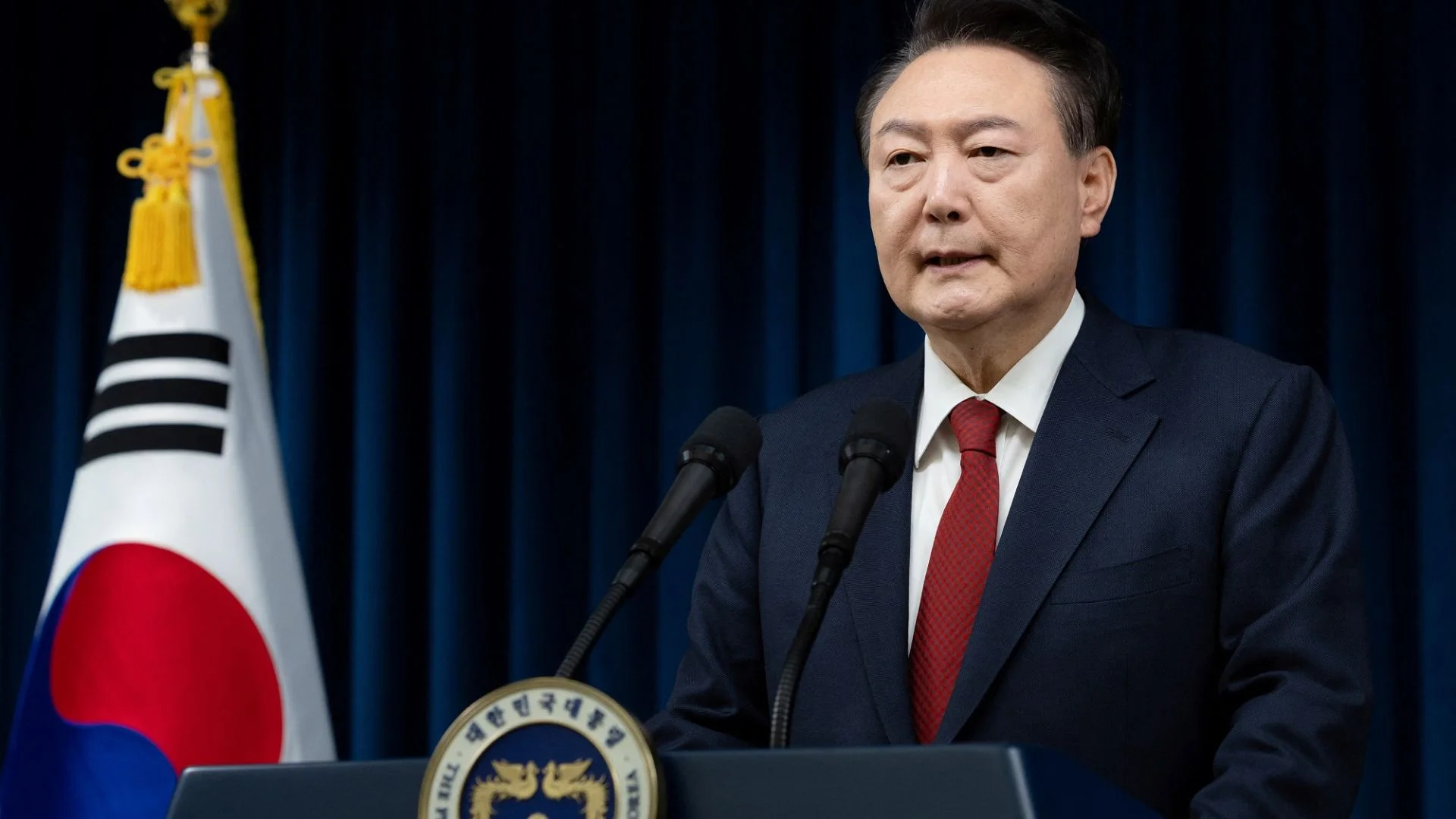The Chinese White Paper on Defence, July 2019 (China’s National Defence in the New Era), lays down the following goals: Generally, achieve mechanisation by 2020 with significantly enhanced informationisation and greatly improved strategic capabilities. Comprehensively advance the modernisation of military theory, organisational structure, military personnel, and weaponry and equipment in step with the modernisation of the country and basically complete the modernisation of national defense and the military by 2035. And, fully transform the people’s armed forces into world-class forces by the mid-21st century.
The PLA has been urged recently to modernise theories, organisation and weapons to reach its 2027 centennial goal, and “to achieve the goal, the Chinese military should accelerate the integrated development of mechanisation, informatisation and intelligentisation, while boosting the speed of modernisation in military theories, organizations, personnel and weapons and equipment”. Xi Jinping has exhorted his army ‘not to fear death’ and ‘prepare to win wars’ when addressing military commanders. Other reports corroborate these statements. In addition, ever since May, Xi Jinping has been exhorting troops to be prepared for wars.
What has changed in a year and a half that China has preponed its timelines by more than a decade? The Communist Party Central Committee says that China is still in a period of important ‘strategic opportunity’, as the world is ‘undergoing changes unseen in a century’. The White Paper spoke of this strategic opportunity period. When the Wuhan virus broke out, Xi Jinping stated the period of strategic opportunity was over. It appears to have re-opened. China seems to sense that, in case it has to grab this opportunity, it must have a strong military ready at hand. In short, Xi Jinping seems to be taking China to war. Why? With whom? When? Are these new goals for PLA realistic? What are the implications for India? These are some of the questions we need to answer. I might be off the mark in this analysis which I have attempted from ‘square one’ but I do not think by much.
Why do countries go to war? It is a fundamental question. There could be many reasons why countries fight with one another. However, there are several major reasons for war between nations. There can be economic gains, where a country could aspire to take control of another country’s wealth or force it into an economic bargain. There could be territorial gains, where a country might decide that it needs more land, either for living space, agricultural use, or other purposes and start expanding forcibly. It could also be a territorial dispute it wants to settle by force. Then, there are matters of religion, ideology and/or ethnicity. These aphrodisiacs often lead to war and history is a testimony to it. Nationalism also propels countries to war to prove ‘who is the boss’ through aggression. This often takes the form of an invasion. Revenge, punishment, redressing a grievance, or striking back also make for a good cause for waging wars. It also relates to nationalism and to restore pride and spirit. Countries could enter into a war to defend themselves from aggression. Countries also resort to aggression to teach adversaries a lesson through punitive wars. While many more reasons could lead to war, research indicates that 58% of wars are over ‘prestige’ or ‘standing’. Revenge accounts for 10%. Material aggrandizement accounts for just 7%. The point to note is that proving ‘who is the boss’ causes more than half of the conflicts. Research also indicates that an authoritarian or totalitarian regime, status quo disruption, confidence in success, perception of opportunity, threat, injustice, will to fight and surprise are all good triggers or aggravators for war.
Why should China go to war? As the world is ‘undergoing changes unseen in a century’ China feels that it has stabilised, is already in the post-virus period and is in an ideal position to make the best of the instability all around. While it can gain economic ascendancy, it can only exploit the strategic opportunities and become the ‘boss’ through war or being prepared for it. Most causes, except religion and ethnicity, fit China strategically. China exhibits a remarkable appetite for territorial expansion through salami slicing. In India, we are most familiar with it. Its major territorial ambitions are encapsulated in an article which propagates that China has to fight six inevitable wars this century—unification of Taiwan (2020-2025), recovery of South China Sea Islands (2025-2030), recovery of Southern Tibet (2035-2040), recover of Diaoyutai and the Ryukyus (2040-2045), unification of Outer Mongolia (2045-2050), and recovery of territory seized by Russia (2055-2060). Protection and opening economic interests and overseas assets (including BRI) and resource security are good reasons it will fight for. If ever its Communist ideology is threatened, it will go to war as it did during the Korean and Vietnam wars.
Nationalism is a huge factor too. The Han supremacy, Middle Kingdom mentality, rejuvenation of the Chinese dream, denial of their rightful place in the World Order, superpower ambitions, diversion from internal problems—they are all issues to propel China to exhibit a ‘who is the boss’ attitude. Nationalism could be stoked to divert attention from internal issues. China has undertaken a punitive war against Vietnam in the past. China also seeks revenge against what it considers a century of humiliation. The fact that the Communists instigated civil war for a good part of this century and caused famines leading to about 40-50 million deaths is part of their selective national amnesia. Every war or conflict it has entered into is termed defensive. Viewed in an overall sense, modern China will never go into war with a single reason. There has to be a multiplicity of reasons to enable its vault to the strategic apex. The ultimate equation is for settling ‘who is the boss’. And the misadventure into Eastern Ladakh falls clearly in this category.
When will China go to war? China and the CCP cannot afford a loss. It will never enter a war it cannot win or show as a win. China will wage war when it sees itself winning at least cost. Hence, the Chinese economy should be strong enough to prepare and support the PLA in conflict, as well as withstand the post-conflict consequences. The PLA must be fully modernised and trained to be made capable of winning. There is a huge Xi Jinping factor too. He wants to eventually exit as the greatest Chinese leader in history. He wants to see China as the reigning superpower in his lifetime – the biggest player in the history of the world. That is only feasible if the PLA is modern and strong enough to ward off threats. It could also be an issue related to his health. After all, during the height of the Wuhan virus crisis, Xi Jinping went missing for a fortnight. It could also be the thought that China should become a superpower before it ages. Put all these issues together, and bingo! Preponing the PLA modernisation goal posts is the rabbit out of the hat.
Who will it go to war with? China will hereafter go to war to realise its core interests or achieve its strategic ambitions of showing ‘who is the boss’. In the evolving geostrategic situation, China is most likely to go to war with the USA, India or to annex Taiwan. The time for small fry actions like sinking Vietnamese fishing boats or coercing ASEAN is over. China will never take the USA head on, even when fully modernised. It will avoid a debilitating all out conflict. Any war with the USA will be near its shores where it will have a decisive winning advantage. As PLA modernises, it might be emboldened to take on the USA further away. In any case, it must be an indirect low threshold conflict. China will seek a tactical conflict to accrue a strategic outcome. Ideally, it will like to marginalise the USA in the Indo-Pacific theatre even without fighting. That model exists. It built the artificial islands in the South China Sea when the USA was busy twiddling thumbs. Any such action will be construed as a victory for the ‘boss’. China will endeavour to teach India a lesson in a punitive war after Doklam and Eastern Ladakh. It will strive to settle the border on its terms. Territorially, it covets Arunachal Pradesh. Economically, India must be coerced to open its markets. Simultaneously, the Indian effort at self-sufficiency must be scotched lest it pose a threat to China’s economic supremacy. India being the weaker partner in the Indo-US threat will have to be dealt with militarily in a conclusive manner. Most importantly, putting India in place means non-interference in CPEC and its reach into the warm waters of the Gulf. A head-on confrontation of a limited nature with clear outcomes is on the table. If an emerging power like India is defeated and a declining power like the US is marginalised, who is the boss? QED.
The Taiwan annexation will rejuvenate the Chinese nation after achieving the One China dream. Hence, gobbling up Taiwan will remain high on the agenda too. The strategic calculation will be that a polarised USA will be busy internally and hence not be able to intervene in any Taiwan conflict. If adequate steps are taken to marginalise the US in achieving the One China dream, who is the boss?
What is the reality check on PLA? It is one thing to prepone dates of modernisation and another thing to realise it. If PLA is to fully modernise in seven years, the budgets will be huge. Will the Chinese economy, even if it is recovering well, be able to afford it? It needs to be seen. Even if you can afford it, can the PLA be built into such a war machine? Even the production of an aircraft carrier from the keel upwards will take up the seven years till 2027. How about induction, manning and training? The Chinese are up on technology but very far behind on terrain adaptation and human capital. The geostrategic construct has also changed. If it has to overcome India, it has to be in the Himalayas only. Having locked horns with India in the Himalayas, it has come short. The situation is degenerating into an LOC like situation. Hence, the PLA has to reorient its defence and modernisation plans significantly. Overall system entropy will not permit PLA to grow in every sphere. There is also a huge factor of unproven technology and untested weapons of war. The reliance on technology beyond a point in war is fraught with problems. In the Gulf wars, missile failure rates were upwards of 50%. Technology alone will not deliver on the battlefield, even in an era of multi-domain wars.
Another major problem of the PLA will be human capital or an acute lack of it. When Xi Jinping exhorts the PLA ‘not to fear death’ and ‘prepare to win wars’ by training hard in realistic conditions, he has exposed its raw nerve. I do not see Modi or Biden asking their troops ‘not to fear death’. Sacrifice and death are part of the DNA of the professional armed forces of the USA and India. In the PLA, it is clearly not so. Very importantly, eastern Ladakh has broken the halo of an ‘invincible’ PLA and exposed its limitations. The Chinese ability to absorb losses publicly is also low.
There is a major social issue as well. China has lifted millions out of poverty and life spans have increased. Additionally, the pension system in China is very weak. There is resentment and anger in the country. The one child policy and weak pension policy has ensured that all old people with long lives must be dependents on their only children. This is now an irreversible phenomenon, at least in this century. Who will send their sole bread-earners to die in war? Six pensionless old people depend on one working child. If that conscripted child dies in war, how will they survive? So, when Xi Jinping exhorts his army ‘not to fear death’, it indicates a huge hole in human capital. Winning wars is, at the end, a human endeavour with sagas of blood, guts and glory. China might have also grown too used to the comforts of life to fight wars in adverse conditions. That also explains the Global Times propaganda about heated barracks, hot water for troops, oxygenation, drone supply, medical facilities, superior clothing, etc. The quality of soldiers is totally suspect. This whole posturing by the CCP could be absolute external propaganda, while informing their own population that they are going to be invincible. It seems to be a major ploy to stay in power. The reality check clearly indicates that the PLA will not modernise to the extent it says so.
What should India do? The major issue which should not be lost sight of is that the CCP and Xi Jinping make a lethal combination with unbridled ambition. India and the USA stand in its path. They will do everything they can to undermine and destroy us. We should be aware of that. Do not underestimate China. India should therefore closely monitor the PLA’s progress in modernisation and Chinese political posturing to develop response strategies. Simultaneously, it should progress its own modernisation on a time-bound basis. While we do not have to compete with China, we cannot afford procrastination in modernising and integrating our armed forces. A major part of India’s response is to make China look inwards at Tibet, Xinjiang and Inner Mongolia. That is our low cost, best effect option. It is beyond doubt that India should work with democracies to form security arrangements which will deter China from any misadventure. Very importantly, all this is possible only if we succeed in building an Aatmanirbhar Bharat, after conclusively decoupling from China.
Lt Gen P.R. Shankar was India’s DG Artillery. He is highly decorated and qualified with vast operational experience. He contributed significantly to the modernisation and indigenization of Artillery. He is now a Professor in the Aerospace Dept of IIT Madras and is involved in applied research for defence technology. His other articles can be read on his blog, www.gunnersshot.com.























